656 — How Breeds Have Managed Population-wide Health Crises
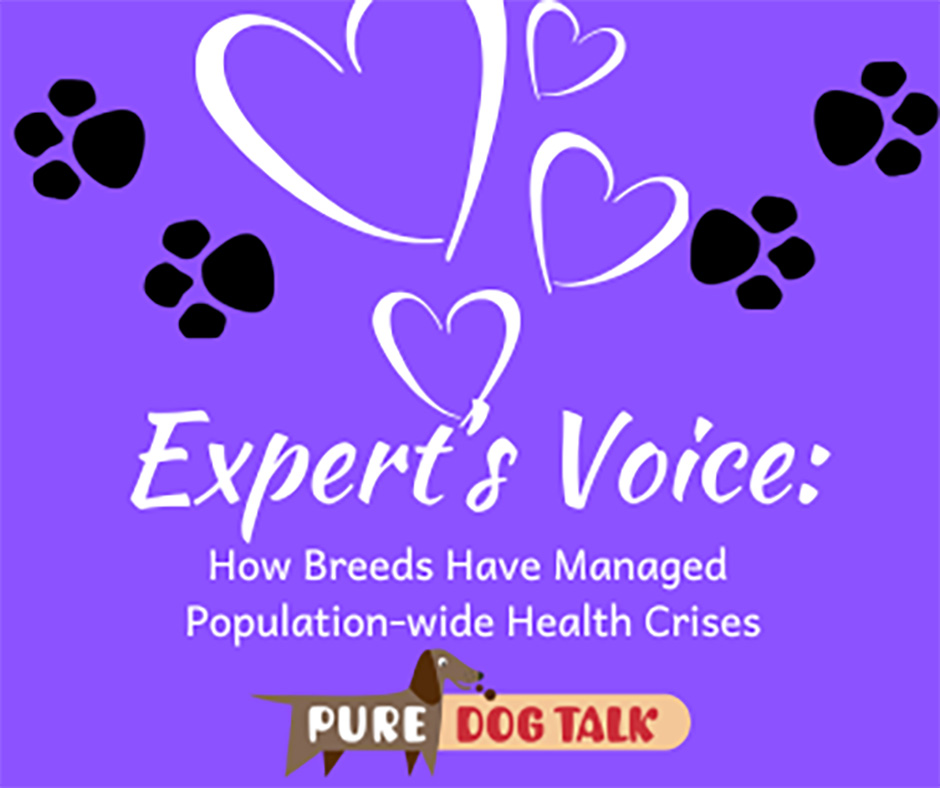
How Breeds Have Managed Population-wide Health Crises
Host Laura Reeves is joined again by Aimée Llewellyn-Zaidi, Project Director, IPFD Harmonization of Genetic Testing for Dogs at the International Partnership for Dogs. The wide-ranging conversation covers how different breeds have managed population-wide health crises.
Llewellyn-Zaidi discusses specific issues with Irish Setters in the UK and Pointers in the US, as well as Cavalier King Charles Spaniels and French Bulldogs in Finland. She also uses knowledge of the inbreeding in dairy cattle to address some of our questions about the potential of “inbreeding depression” in dogs.
“Education is us making the best decisions we have with the information we have in that moment,” Llewellyn-Zaidi said. “And then where those unintended consequences can go wrong. Bear with me, I’m going to pivot from dogs for just a minute and talk about the dairy cattle industry because I think that is a great warning to the dog breeding world about what we want to keep in mind when we’re making our breeding decisions. (This gives insight into) how we might want to work collectively to solve some of these problems that we’re all facing and also collectively how we might want to achieve the goals and the positive traits and positive characteristics we have in our breeding stock.
“The dairy industry historically had a philosophy of not particularly using a wide number of stud bulls. Their goals when they’re breeding dairy cows are not our goals when we’re breeding dogs. They’re wanting to produce animals that have a very specific trait characteristic, but also are not required for longevity. Generally speaking longevity is kind of a priority for dog breeding. So they had two challenges with that and that if you don’t include longevity or if you are removing those cows at a certain age before their natural lifespan would end then you don’t really know what may be coming into middle or older age.
“There’s a study in 2015, so 10 years ago, where they looked at where the genesis of modern American dairy cattle came from. They realized that all of the American dairy cattle at the moment descended from two bulls from the 1880s. Those were the bulls’ lineages that have survived various breeding strategies over the years.
“If you are a livestock nerd or if you’re interested at all in dairy cattle, you probably have heard of Toy Story, who sired over half a million offspring and he’s within living memory. What’s interesting and, harkening back to our previous conversations again about genetic diversity, funnily enough, in dairy cattle, they started noticing that infertility issues were coming into dairy cows.
“What they didn’t think about or they didn’t really maybe appreciate how inbred those female cows were as well. Because essentially Toy Story was breeding over and over and over and over and over again with his daughters and granddaughters and nieces. So the inbreeding was compounding and they were already inbred to begin with.”
Listen in to hear Llewellyn-Zaidi’s conversation about how different breeds and clubs have solved health issues and genetic diversity questions in positive and constructive ways. And don’t forget to tap in next week for part two.
Our Valued Corporate Sponsors:
Our Esteemed Advertisers:
Our In-Kind Supporters:
KNOWLEDGE IS POWER — FRANCIS BACON
When you become a patron of Pure Dog Talk you’ll tap into an exclusive community of experts to help you and your dog be blue-ribbon best at whatever you do with your purebred dog! Your support helps keep the MP3's rolling at Pure Dog Talk!
As a supporter, you’ll immediately gain access to the weekly Pure Pep Talk SMS, Pure Pep Talk private Facebook group, and priority emails. Patrons can choose to level up to the After Dark Zoom and a Patrons Digital Badge for their website— even a private counseling session with Laura on any topic.

DON'T MISS AN EPISODE!!


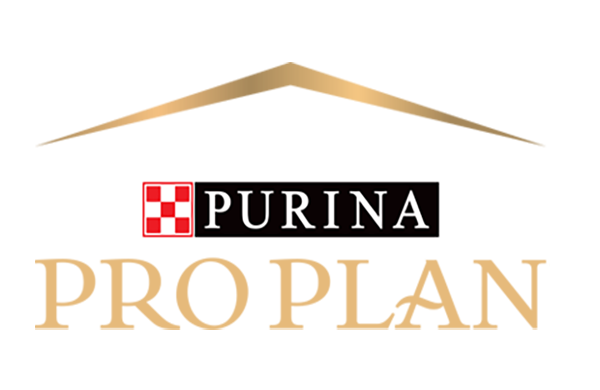


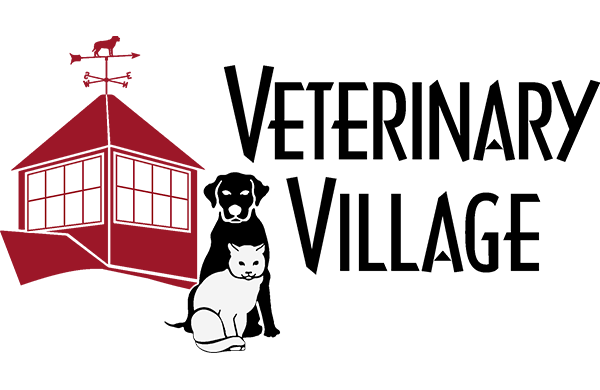





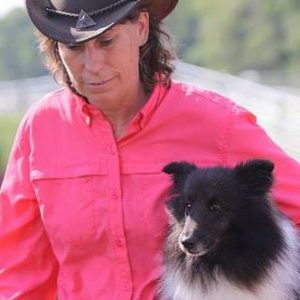
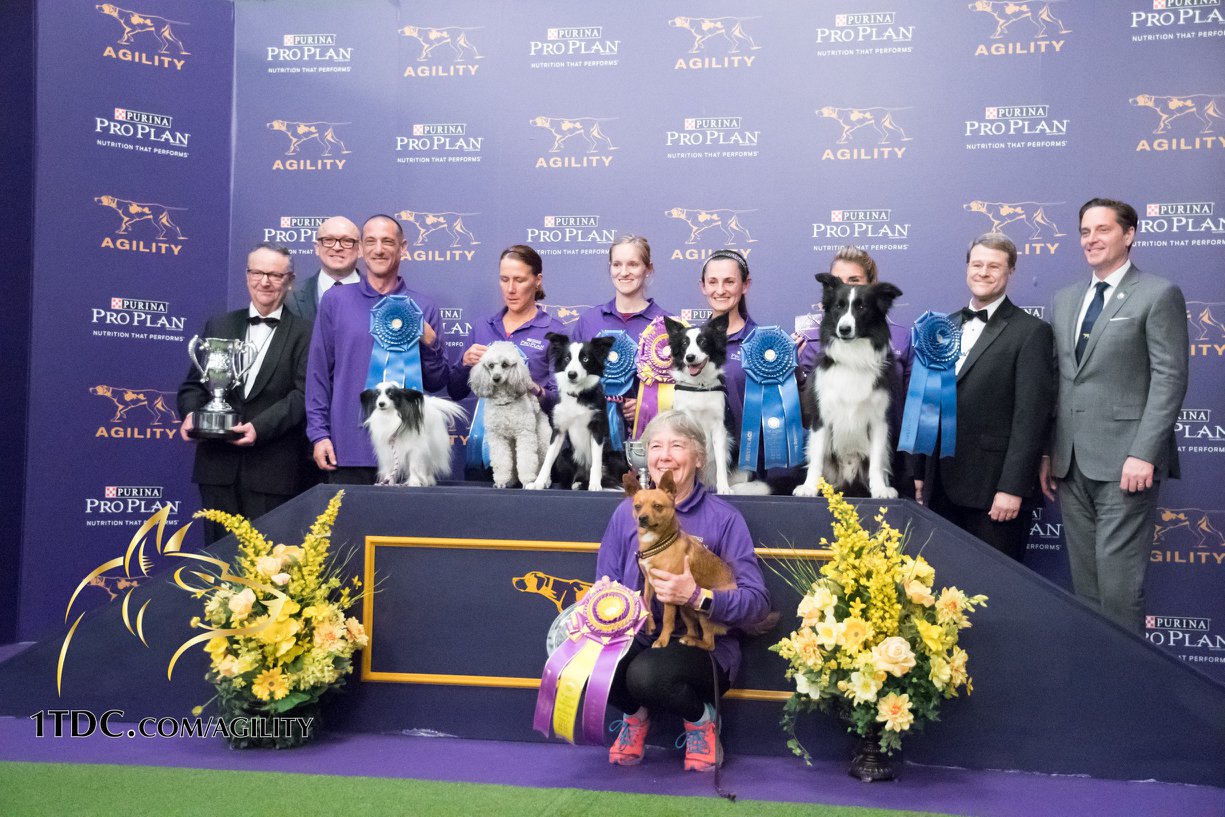
Could you do a podcast on Siezures. There are multiple breeds doing studies but the results are not transfering to other breeds. Seems each breed has a different combination of genes that cause them in each breed. Some info on how to avoid and what to do when it rears its ugly head. Thanks
Janet Shafer
Hi Janet! It took a minute but Marty and I just recorded an episode on The Marty & Laura Show that addresses this exact issue!! Hope you can join us at https://www.youtube.com/@TheMartyandLauraShow … it should be up in a couple weeks.